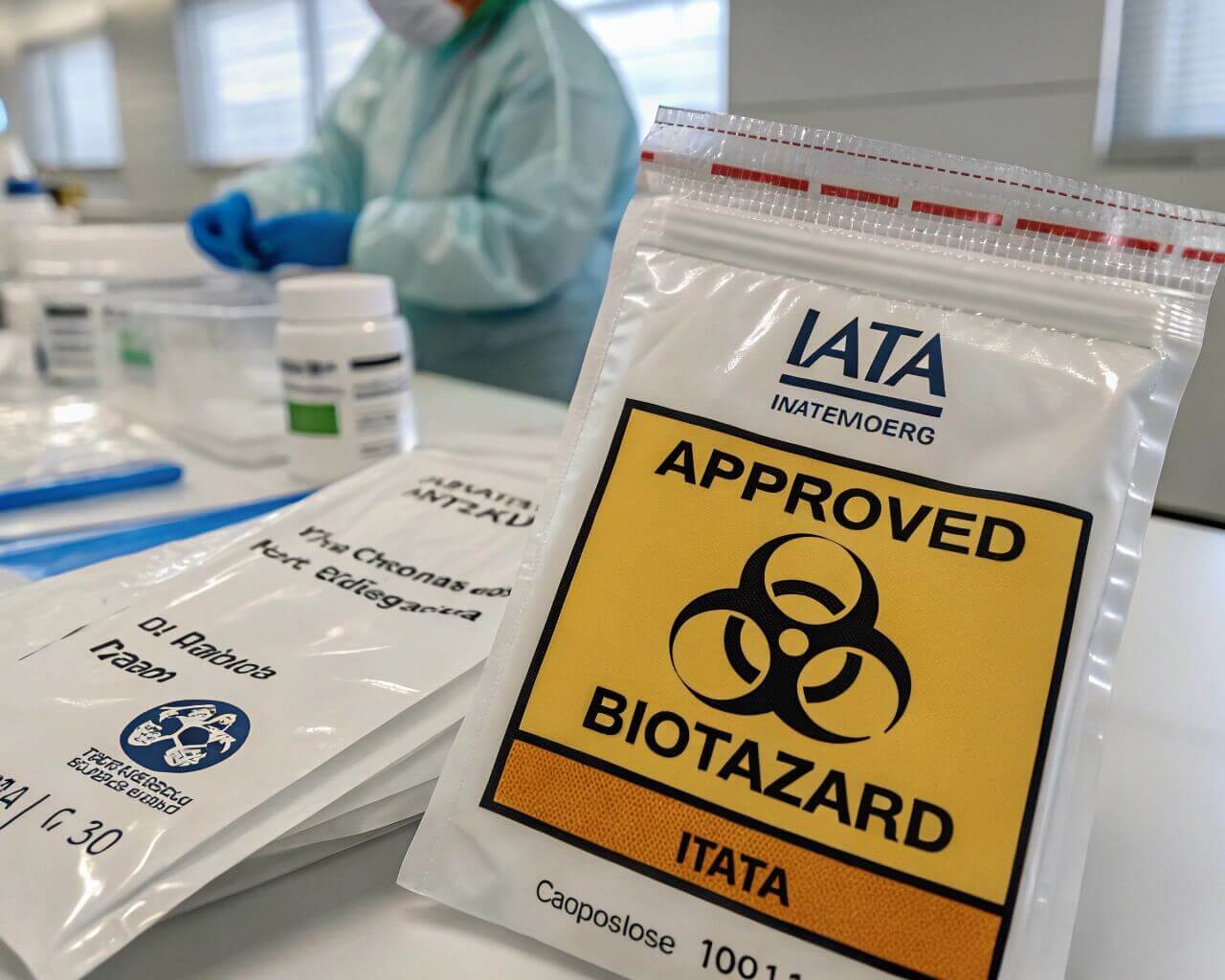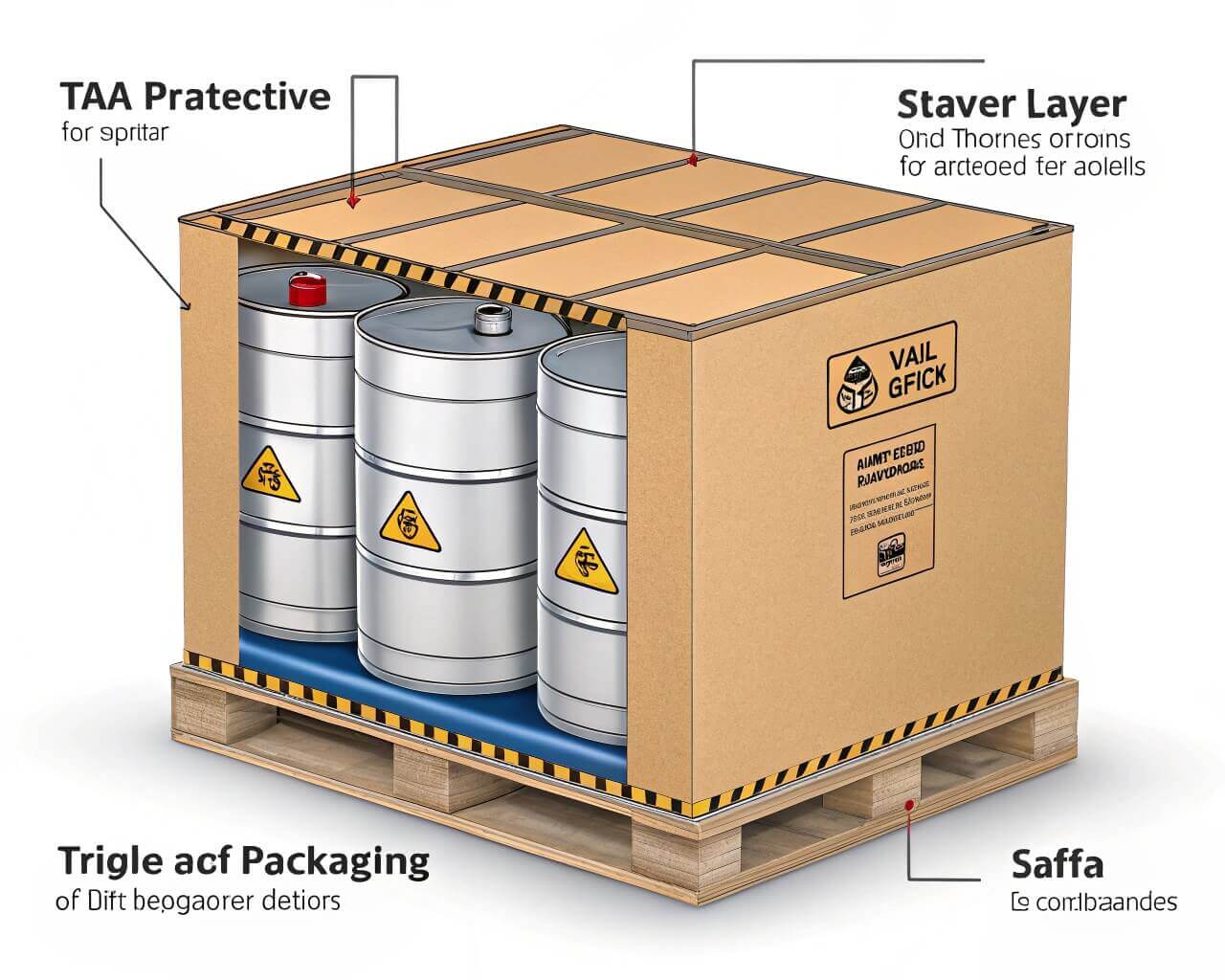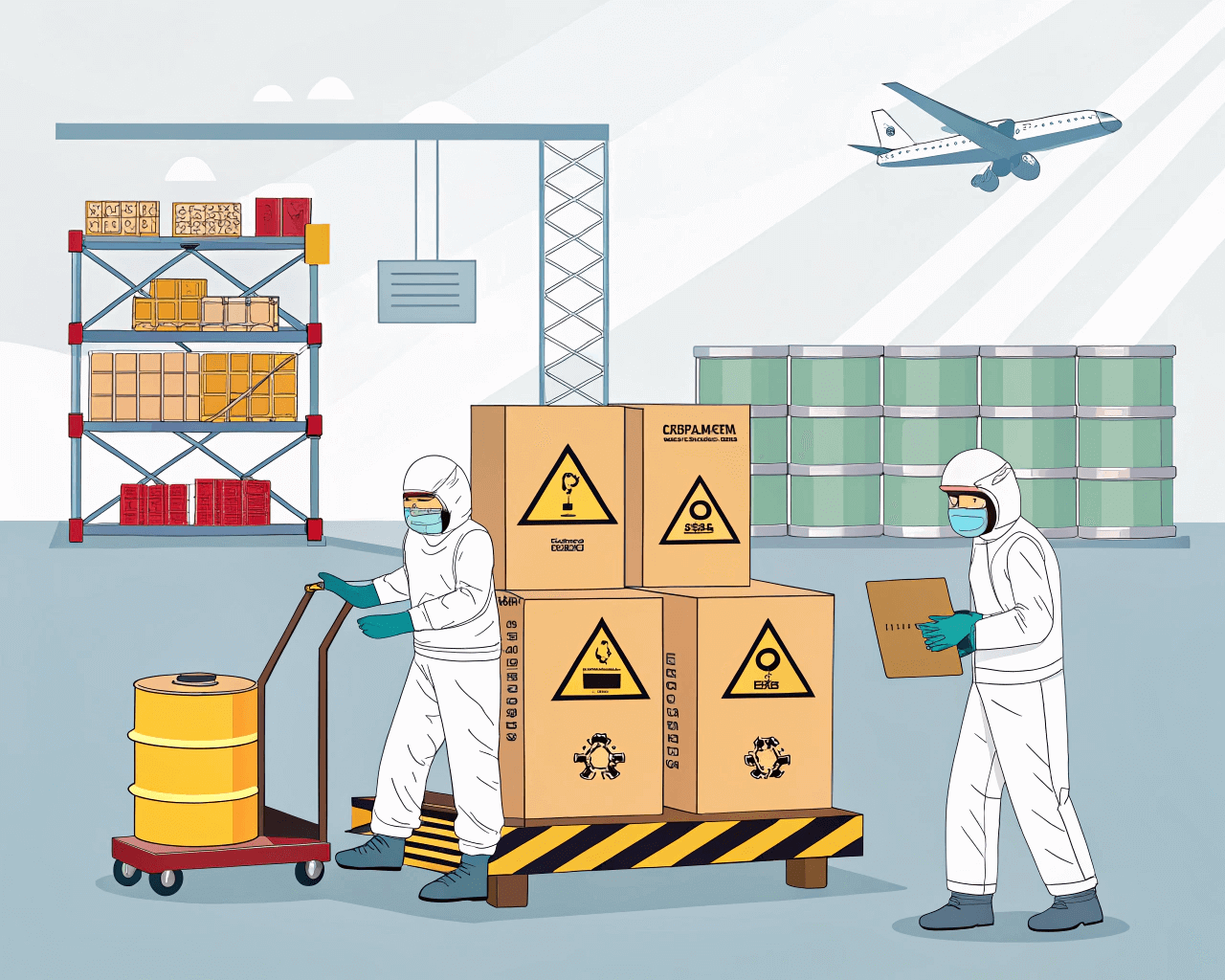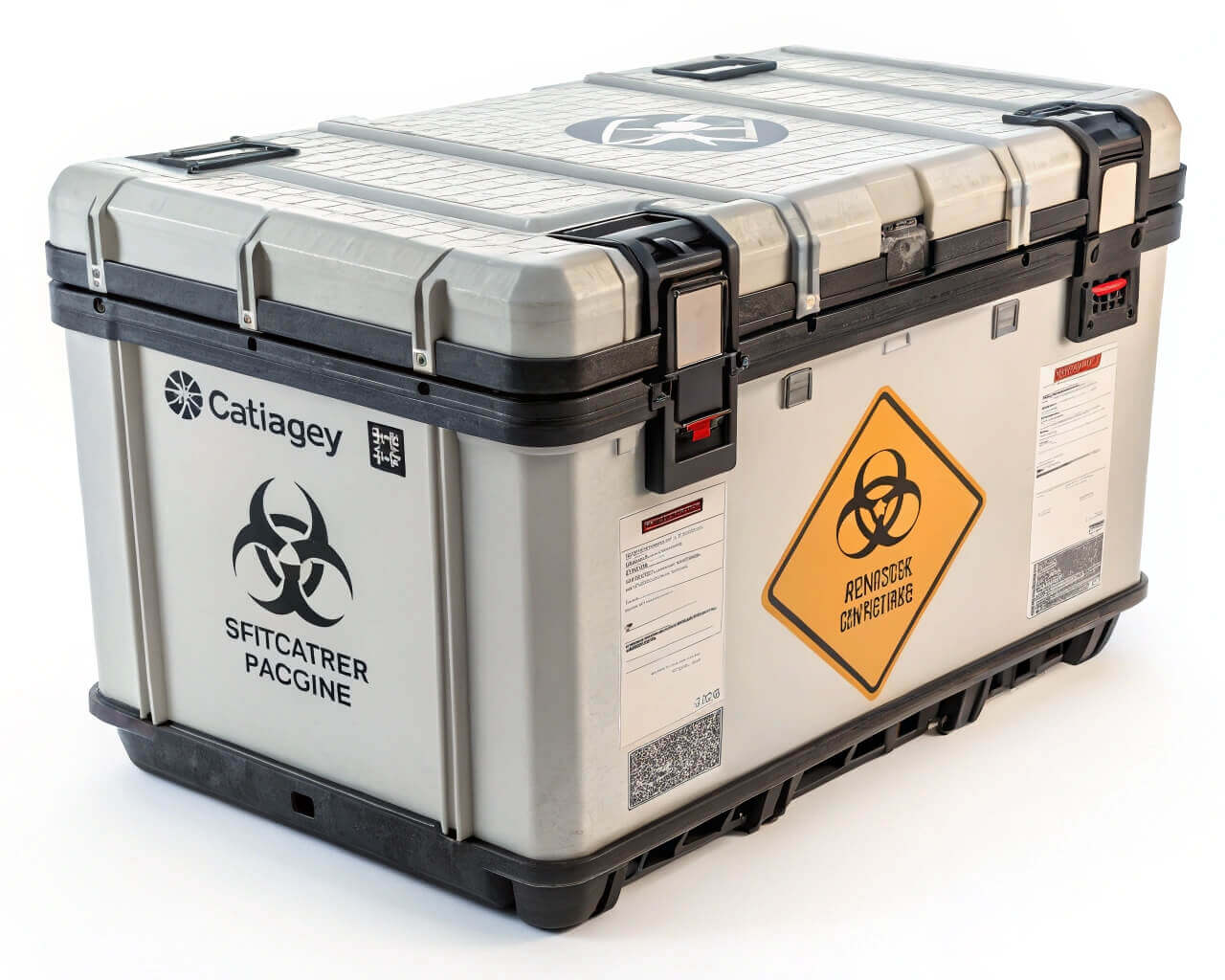Are you risking safety and fines with non-compliant specimen bags? Mishandled biohazard transport can cause severe accidents. Protect your team and avoid legal penalties now.
This article explains DOT/IATA specimen bag rules plus a compliance checklist. Complying prevents spills, legal issues, and protects communities during transport.

Understanding these regulations is critical for safety. Here’s how to avoid common packaging failures.
What are the IATA packaging requirements for dangerous goods?
Failed dangerous goods packaging causes air disasters. Your shipment could leak mid-flight and endanger hundreds.
IATA requires triple-layer packaging, UN-certified materials, and biohazard labels. These prevent leaks during turbulence and enable emergency crew identification.

Breaking Down IATA’s Core Requirements
IATA divides requirements into three key areas:
| Packaging Tier | Purpose | Mandatory Features |
|---|---|---|
| Primary Container | Direct sample contact | Leak-proof materials like Whirl-Pak’s puncture-proof tabs |
| Secondary Packaging | Contain primary leaks | Absorbent material, sealed bag |
| Outer Shipping Package | Impact protection | Rigid structure with proper labeling |
Specimen bags like Whirl-Pak’s biohazard series integrate secondary packaging functionality. At XINYUAN, our automated production tests each layer’s seal strength. We design outer packaging with shock-absorption corners because turbulent cargo holds demand durability. Materials must withstand temperature changes at high altitudes without degradation.
Why is it important to perform an IATA checklist on shipments before handover to an air carrier?
Undetected packaging flaws cause flights to divert. Last month, loose specimen labels cost one lab $8,000 in fines and delays.
The pre-shipment checklist catches errors early. Complete it to verify documentation, labeling, and structural integrity before airlines reject your cargo.

Every Checkpoint Matters
IATA identifies three failure categories during pre-shipment inspections:
| Risk Category | Impact | Prevention Step |
|---|---|---|
| Documentation Errors | Flight refusal | Double-check Shipper’s Declaration |
| Damage During Transit | Biological spills | Stress-test packaging |
| Mislabeling | Delayed emergencies | Verify UN numbers |
In our factory, we simulate handling conditions for IATA-compliant biohazard bags. Our quality team uses 10-point checklists matching air carrier protocols. We share these checklists with clients because a torn seal during customs inspection leads to entire pallet rejects. Proper labeling includes 24-hour emergency contacts for immediate response.
What is the primary purpose of the Iata Dangerous Goods Regulations?
Unregulated biohazard transport spreads contaminants. Remember the 2014 Ebola shipment incident?
These rules exist solely to protect people and aircraft. Uniform guidelines prevent confusion during international emergencies.

Safety Through Standardization
Regulations address three universal protections:
| Protection Focus | Mechanism | Real-World Impact |
|---|---|---|
| Human Health | Spill containment | Prevents crew/cargo contact |
| Aircraft Integrity | Fire/explosion prevention | Eliminates in-flight disasters |
| Global Coordination | Universal labeling | Ensures quick response anywhere |
Having exported globally, we design packaging recognizable under all IATA signatory standards. When COVID-19 waste shipments spiked, we incorporated PHMSA COVID guidelines into our blueprints. Simple markings like diagonal arrows help handlers maintain proper orientation during high-stress situations.
What is needed to comply with IATA packaging instructions for category B specimens?
Faulty Category B packaging causes 70% of lab-acquired infections. Yours could be next without these features.
Required: Triple packaging with biohazard marks, adequate absorption material, and UN3373 labels. This matches IATA’s Packing Instruction 650.

Executing Packing Instruction 650
Category B has stricter rules than regular freight:
| Component | Function | Production Requirements |
|---|---|---|
| Primary Receptacle | Sample Integrity | Liquid-tight closures |
| Secondary Container | Leak Backup | Minimal 40ml absorbent capacity |
| Outer Box | Physical Barrier | Must pass 1.2m drop test |
We use automated systems to insert absorbents between bag layers – manual insertion causes gaps. At XINYUAN, our sterile biohazard bags feature pre-printed UN3373 symbols that remain visible after exposure. Clients requesting custom sizing must submit designs for engineering validation before tooling.
Protect lives and operations with compliant packaging solutions
Following DOT/IATA rules prevents disasters and costly fines while keeping communities safe (17 words).

